 My father, Saverio Finzi My father, Saverio Finzi Recently, on a bright, crisp late summer day, I thought we should take our son, Lucas to Ellis Island to see his grandfather's name on the Immigrant Wall of Honor. Lucas never knew his grandfather, which is why he knows him as "Angel Grandpa", but through my stories he feels that he knew him. I'm happy for that. I never knew either of my grandfathers--they were both gone long before I was born. Both were immigrants and so was my father, Saverio Finzi. Dad passed through Ellis Island in 1914 at the age of 4, with his father, Sergio, his mother, Caterina De Ceglia, his older brother, Anselmo and baby sister, Antonia. His father, Sergio had two prior excursions to America before being able to bring his family with him to start their new lives. There were 12 other men from Molfetta traveling with Sergio on his 1907 voyage. Many from Molfetta eventually settled in Hoboken--which still today is considered a sister city to Molfetta. The cold, early spring sea voyage lasted 13 days. He was going to stay with his "cousin, Domenico Pansini" in Hoboken, NJ. On his second trip, there were 8 other men from his hometown of Molfetta traveling with Sergio Finzi. He was the only man from Molfetta to list a trade (tailor), with all the others listing themselves as "laborers". Sergio listed his "brother, Mauro" on the ship's manifest as the person he was meeting in Hoboken, NJ. It must have been rough at first--he had only $13 in his pocket when he first arrived on Ellis Island. By the time Sergio returned in 1914 with his family, he came with $27 and paid for their passage himself. He left a home, mother, father, brothers and an entire life back in Italy. At the time there was fear about the upcoming war, there was massive inflation and joblessness. He was 5'3" tall with blue eyes--just like my father, Saverio.  I wanted Lucas to learn from the exhibits in the Ellis Island museum displays just how hard it was for his grandfather's family to make the sacrifice and leave their native Italy to start a New Life here in America. I wanted him to know why this Presidential election is so important--especially considering the negative rhetoric concerning immigrants. I wanted him to understand that although at one time Italians were "the other", most like my father Saverio, became American citizens. When I saw Lucas searching for his grandfather's name along the bright stainless steel walls of the Wall of Honor, I knew he felt proud... and then he found it. We touched the engraved "Saverio Finzi" together. You have a fantastic grandson, Dad. He's proud of your memory--you would be so proud of him. --Jerry Finzi
0 Comments
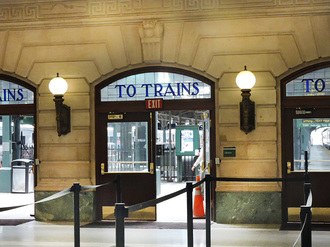 The train came inches from smashing through the Waiting Room walls The train came inches from smashing through the Waiting Room walls --September 29 One of Hoboken, New Jersey's historic gems--the Lackawanna Terminal Railway Station--suffered a terrible tragedy this morning when a train full of morning commuters from Spring Valley, NY plowed full speed past the concrete terminus of the line. The rail cars flew into the air, injuring 100 or more and killing at least one person who wasn't even on the train itself--she was standing on the platform. The lead car came within inches of breaking through the walls and into the beautifully restored waiting room, a proud piece of Hoboken's history from 1907, when thousands of Italian immigrants found their way from Ellis Island and into their new lives in Hoboken itself and beyond in the rest of America. The glass roof above the station platform collapsed onto the train below, while people broke out train windows and crawled to their freedom. Passengers and NJ Transit workers alike were the first to spring into action, helping to get the injured out of harms way. The station serves 7 train lines bringing more than 15,000 commuters into the New York City hub daily. Passengers either switch to the PATH subway trains to travel under the Hudson River into Manhattan, or take waiting ferries across the busy New York City waterway. Needless to say, this incident will disrupt travel for months to come. (Read about our Visit to Hoboken HERE) Casa Malaparte is a house in the Italian Moderne style on Punta Massullo, a peninsula on the eastern side of the Isle of Capri, Italy. The house was conceived in 1937 by Italian architect Adalberto Libera for Curzio Malaparte. Malaparte eventually rejected Libera's design and built the home himself with the help of Adolfo Amitrano, a local stonemason.
Casa Malaparte looks like it was designed by my son in Minecraft--a strange, fish-shaped building with pyramidal stairs clinging to the edge of a hundred-foot cliff at the edge of Gulf of Salerno. Access to this private property is either by a half mile trek from the edge of the Town of Capri, or by boat and a staircase cut into the cliff. In the United States, we consume over 250 million pounds of garlic each year, and believe it or not, unlike 10 years ago when most of it came from California, today over 50% of our garlic comes from China. Yes. China. Where "organic" food doesn't exist. Where crops are manured with human waste. Where they force people to move far away from their homes to towns dedicated to a particular industry (toy town, electronics town, carpet town, etc.)... but the production and export of garlic from China has grown so much that they have an entire province dedicated to their stinky garlic production--Shandong. My son Lucas was the first to bring Chinese garlic to my attention last year when we were in our favorite supermarket. "Dad, look at the label on that mesh bag of garlic! It's Made in China!" He was right. I've since learned that the Chinese garlic is to be avoided at all costs for a variety of reasons. I mean, really? We can't grow our own garlic? There's even a Black Market of Chinese garlic with cartels that act just like drug dealers. In Europe, smuggling garlic in from China is a big business, often wreaking havoc on the market price of garlic. We here in the U.S. can be a pretty complacent bunch. It doesn't matter where Walmart gets the products that stock their shelves, as long as we can get it cheap. So much for Made in the USA. Sure, we complain about not enough jobs, but then go ahead and support industries that buy from China and Mexico and a host of other countries, while they close down factories and farms here in the States. Apparently, with us buying over 50% of our garlic from the China, we don't care much... as long as it's bleached white (yes, they actually use bleach), blemish free (they use many toxic chemicals that kill everything, even beneficial insects) and is cheap (they manipulate the market) and tastes more or less like garlic. Most Americans have no idea what organically grown garlic tastes like.  There's even a black garlic: Aglio Nero There's even a black garlic: Aglio Nero Italians love their Aglio! And because of that passion, Chinese garlic isn't going down easily with Italians.The total production of garlic in Italy is about 30 millions pounds, with only around 2-2/5 million pounds of Chinese garlic being imported annually. There are a few a good reasons for this... First of all, to Italians, there isn't just one generic type of garlic. Italians are used to buying fresh garlic in local open air markets. And they have many options: the red garlic of Sulmona, Polesano garlic, white garlic of Vessalico, garlic dell'Ufita, garlic of Molino dei Torti, the garlic of Resia, the Massese garlic, red garlic of Castelliri, Nubia, garlic from the Maremma in Tuscany and the Monticelli garlic from Campania. Italians have choice. Italians love choice, too... especially when it comes to their produce. The other reason why Italians aren't warming up to Chinese garlic is because their love of fresh, healthy ingredients. The Italian diet makes Italians one of the healthiest countries in the world. (Read about Italy, the Healthiest European Country HERE). In 2010 China won the dubious distinction of the most contaminated foods being exported to other countries. Their garlic contain mycotoxins, additives and colorants not approved by the European Union. Many of the irregularities are due to their garlic coming into contact with other toxic chemicals either during storage or shipment. Italians like to know where their food comes from--often from their own garden, or from a farmer they are on a first name basic with. 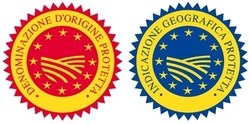 The surprising thing in all this is that Italians may be in for a real fight against how the European Union is warming up to Chinese garlic. In 2011, the European Union's Official Journal gave the Chinese garlic variety, Jinxiang Da Suan Protected Designation of Origin (DOP) and Protected Geographical Indications (PGI). Che cavall0! This is how they protect Chianti wine, Parmigiano Reggiano, Prosciutto di Parma and other Italian regional specialties. How could this be happening. The EU is run by a bunch of business leaders. The fat cats. The "One Percent-ers". That's why. So, Bravo! to Italians in fighting back and not letting Chinese garlic take over their marketplace. As for me, I suppose I'll just have to start growing my own. Garlic is supposed to be so easy that you can grown it indoors. I'll let you all know how that plan goes... Hey, since Lucas started this, I'll get him to plant the garlic! --Jerry Finzi Before the earthquake, the town of Amatrice (pronounced am-ah-TREE-chay) in the Lazio region of northern Italy, was known for many things... the wonderful mountain setting, suited for fishing and trekking in summer, and for skiing in the winter. The town itself was a beautiful, quaint medieval village, complete with many frescoes in its churches, a famous rose window and of course, its campanile with its huge bell. But there was one thing the town was even more famous for: the gastronomic treasure called Spaghetti Amatriciana. As you may know, most of the town was destroyed in the quake. Many lives were lost. But for certain, one tradition lives on and may be the thing that helps the village rise from the ashes. Spaghetti Amatriciana has been made since the 18th century, and more than likely, its history goes back much further than that. Restaurants all over the world have been offering the dish with proceeds going to aide the people and commune of Amatrice. Spaghetti Amatriciana was originally a peasant recipe, created by poor shepherds who used one of the cheapest--often discarded--parts of the pig, namely guanciale (or pig jowls). Similar to bacon, guanciale has more fat and little or no salt or smoke flavor. The addition of tomatoes, onions and white wine complete the recipe. One can understand why such a fatty part of the hog got to be a favorite in the mountainous region--fat helps keep the body warm. Today, the sauce has several variants. Gricia, is a simple sauce similar to Amatriciana also using guanciale, with pecorino (sheep) cheese and black pepper, but no tomatoes. This might actually be the earliest predecessor of Amatriciana, possibly dating back before tomatoes were brought back from the New World. The ingredients are simple and easily carried in a shepherd's pack. Then there is Bucatini 'Matriciana (in Roman dialect) which came to Rome in the 1800s and today is considered to be a classic of Roman cuisine, even though the dish came from Amatrice. Finally, and perhaps most famous of this family of sauces is Spaghetti alla Carbonara, a Roman dish using eggs and either Pecorino Romano or Parmigiano-Reggiano to make a creamy sauce, with black pepper and some sort of bacon added (either guanciale, pancetta or at times, prosciutto). I felt compelled to make an authentic version of Spaghetti Amatriciana in remembrance of the souls lost in Amatrice... I did Google searches in Italian to ensure I would find traditional, local recipes. I then set out to make it for Lisa and Lucas... Ingredients 1 pound of spaghetti 3 ounces of guanciale (if you can't find it, substitute pancetta) 1 small onion, diced 16 ounces of diced tomatoes (use fresh if you have access to sweet tomatoes) 1-1/2 cups white wine (to keep it regional, use wine made with the Trebbiano grape) 1/2 cup grated Pecorino-Romano Directions
Serve with some nice crunchy bread cut into small slices for use as a scarpetta. (Read about using a scarpetta HERE) and a nice glass of white wine. I'm going to be honest, here. When I was a boy, my Dad used to love fatty things. He would eat the thick, white fat off the sides of his steaks. I've never developed a taste for eating fat. I never liked the greasy texture of the stuff. My bacon has to be crispy. I prefer a drier prosciutto. I like my bacon crispy. Although the flavors of our Spaghetti Amatriciana were pretty good, none of us really enjoyed the gelatinous texture of the guanciale itself. The striations of actual pork meat were cooked well, but had a dryness and lack of flavor that matched the bits of pork in the pork-fried rice we order from our local Chinese take-out. The fatty parts were--well, just plain fatty. The dish itself wasn't really greasy (I had removed most of the rendered fat from the pan), but it did have a lard-like flavor I didn't enjoy. If I wanted to make this dish again, I might modify it to our family's tastes... perhaps not using a raw type of bacon (I do realize that technically, guanciale is not a "bacon"), but instead using a thick cut smoked bacon, like prosciutto. Or, as a fussier solution, I would cut the meaty parts of the guanciale out to add them and saute them later on, only after the fattier parts have gone crispy, like I prefer American style bacon. I hope no one thinks I'm disrespecting the original Spaghetti Amatriciana recipe. I love authentic recipes and regional products. But I'll be the first to admit it, when exploring the culinary world often I find my taste palette is not as broad as I would hope it to be. Still, I loved making this dish in honor of Amatrice and its inhabitants (and those in neighboring communes) have--and are--going through. Before partaking in our meal, we had a moment of silence on behalf of the lost lives. With so much attention paid to their wonderful town, I am certain that in time, they will rebuild, stone by stone, as I have seen on other towns in Europe after such disasters. So, try your own tribute with this recipe, or a variation or by making one of it's "cousin" dishes. And don't forget to make a donation to help them rebuild. Pray for Amatrice. --Jerry Finzi Ok, so this isn't really a recipe, per se. It's a suggestion to eat a light lunch, Italian Style. It's about getting together some simple ingredients and putting together a tasty, healthy lunch platter for yourself and your kids. Think of this style of lunch as an indoor picnic... with or without the blanket--your choice. There have actually been rainy or snowy days when we've actually put our picnic blanket down on the kitchen or living room floor and sat down to have our Italian scampagnata (picnic outing) right inside the house.
Usually, we get together this type of lunch when we aren't sure what to have, but then notice a bunch of great things in the fridge. This time, it was some fresh figs I had just bought, a bit of leftover ricotta from this week's lasagna, a drizzle of honey and a tiny dribble of a precious bottle of aged balsamic that we bought two years ago in Tuscany... then cut up some cheese, ciabatta, sausage and an yellow heirloom tomato... some oregano and sea salt on the tomatoes, then toss in a few pimento stuffed olives, and presto! A lunch fit for "we three", as we call ourselves. Pair with a bit of gassata (sparkling water) and put on an Italian cooking show on the big screen TV... Now, that's how to have a great piccolo pranzo! --Jerry Finzi When we recently brought our son, Lucas, to visit Liberty Island and to see his grandfather's name on the Immigrant Wall of Honor on Ellis Island, our eyes, hearts and minds couldn't help focusing on the new Liberty Tower across the Hudson in Manhattan, and to the empty space in the sky where our beloved Twin Towers once stood. Lisa and I felt it strongly. Lisa used to work in the Towers when she first started her career in the financial industry. Once during a power blackout, she actually had to walk down 102 floors in the narrow, over-crowded, pitch black stairway to get back to ground level. Because of this, she had a first hand feel for what a nightmare it must have been for rescuers and workers alike trying to negotiate their way through the inadequately sized and poorly lit stairways of the Twin Towers during that frightening and terrible ordeal.
As a teen, I watched from the New Jersey Palisades as the Towers started going up. They became part of the New York skyline just about the time when I was starting my career as a photographer in Manhattan. I had been to them many times as a businessman in Manhattan visiting either the City, State or Internal Revenue offices that were tenants there. I had shopped and eaten lunch in the Mall underground. In later years, I cycled past them daily on my ten-mile bicycle rides along the Hudson and East Rivers. Whenever I left home, the Towers were there at the foot of Manhattan or in the nighttime illuminated skyline as I drove back from Kennedy Airport. I also have done a lot of boating around Manhattan waters, the Twin Towers always shining down on us or glowing like a beacon at night. I once was fortunate enough to fly in a vintage biplane within close range to the Towers, looking up at them from my windy, piston-firing perch. That was quite an experience. On 9/11, Lisa was working down on Wall Street, only a half block from the Twin Towers. For some reason or other, Lisa had decided to work at home on 9/11. Her plan was originally to go down into the shopping mall underneath the Towers to buy me a present for our upcoming wedding anniversary. She had planned to shop early in the morning, before starting work. That would have been around 9am. We didn't even think of this as we watched the first Tower burn, and then saw the second plane crash into the second Tower on live TV that horrible, bright sunny morning. It was only when we saw the first tower collapse that we suddenly looked at each other, realizing the happenstance that kept Lisa away from this disaster that morning. This changed our life forever. When we saw the madness in the world, we decided to concentrate on making our own little part of the world better... and have a child. Lucas is our tribute to the souls lost on 9/11. In August of 2003 he was born--three weeks early and anxious to start his new adventure. He is all love. He is everything that is right about the world. He is our hope for the future. He is our way to fight back against the madness and leave our amazing boy to hopefully make the world a better place... even if only in his small part of it. Remembering the glory of those magnificent Towers and the Souls lost on that terrible day... --Jerry Finzi This is my simple recipe for a fairly authentic Pizza Margherita Napoletana, just like you might find on the streets of Naples. The ingredients are simple, the techniques are simple, the taste is amazing...
Ingredients To proof the yeast 1 cup warm water (at 115F) half packet or 1 teaspoon rapid rise yeast 1 tablespoon honey Mix the yeast and honey into the water in a 2 cup measure or small bowl. Set aside to rise. Place a baking steel (highly recommended) or a pizza stone onto the center rack of your oven, then preheat to 515F. For the dough 2 - 1/2 cups all purpose flour (you may also replace 1/2 cup all-purpose with 1/2 cup bread flour) 1 tablespoon salt 1 tablespoon sugar 2 tablespoons extra virgin olive oil For the toppings 1-1/2 cups pizza sauce (a thin marinara will do) 8 ounces sliced, part skim mozzarella (you can use the wide slicing notches on a box grater) 6-9 large, fresh basil leaves 1 tablespoon, dry oregano (Use chopped, fresh oregano if available) 3 tablespoons extra virgin olive oil Thin slices of a sweet heirloom tomato
Remove from the oven, slice up your pizza using a pizza cutter wheel and serve with your favorite Chianti or Primativo. I hope you enjoy your pizza... let us know how it came out! Ciao! --Jerry Finzi  Eggplants should feel firm, no soft spots. Eggplants should feel firm, no soft spots. We all love Lasagne around our home, but to us it's a treat saved for the colder months. It's just way too filling for summer, but with the end of Summer Lisa thought she'd add another dimension by adding some of the last eggplants from our garden and make us Eggplant Lasagna. Her version uses three cheeses... ricotta, Fontina and smoked mozzarella. Fantastic. Brava, Mama! She really knows how to take care of her boys... Ingredients 2 medium, firm eggplants 2 cups breadcrumbs 3 tablespoons Italian seasoning blend 2 tablespoons finely grated Parmigiano Reggiano 2 eggs, beaten well 3-4 tablespoons sea salt 1 cup canola oil (for frying) 1 box (8 ounces) of "oven ready" (no boil) Lasagna noodles 16 ounces part skim ricotta 1 cup grated fontina 1 cup grated smoked mozzarella 2 cups marinara sauce (you can also use our Pizza Sauce recipe HERE) Directions
Assembling the Lasagna
We had our lasagna with an amazing bottle of "Joha" Primativo by Guttarolo(2010). It was fairly expensive for us ($36 for the bottle), but to our surprise, it was worth it. It had a smooth feeling passing through our lips, was mellow on the tongue with a nice balance of acidity. As most Primativo wines, this had a hearty flavor with bits of musk, hay, and a touch of spice. A great pairing with Lisa's Eggplant Lasagna... If you make our recipe, let us know how it turned out. Buon Appetito! --Jerry Finzi This past Labor Day weekend, we had some close friends over for a barbecue. Since the main course might be fairly filling, we wanted to make a light, summery dessert. Lisa and I partnered up on this one. She came up with a fabulous dough for the crust and I put it all together... our Pesca Mirtillo Crostata, or Peach Blueberry Tart. This is actually a fairly easy dessert to make that will always impress company. It looks so elegant event though it is the ultimate in quick, easy recipes. Ingredients for the crust: 1 - 1/2 cups unbleached all-purpose flour (we use King Arthur's) 1/2 teaspoon sugar 1/2 teaspoon sea salt 9 tablespoons unsalted butter (cold), cut into 1/4" slices 4 tablespoons ice water, plus one or two additional tablespoons, if needed for the filling: 4 large white peaches (if in season), sliced into 1/2" wedges (leave skin on) 1/2 cup fresh blueberries 1/4 cup cinnamon and sugar 2 tablespoons flour or cornstarch dash of nutmeg 1/4 cup seedless raspberry jam, heated and melted (for brushing the bottom of the crust) To finish off the crust 1 egg, beaten 2 tablespoons of turbinado sugar (for sprinkling on the crust) Making the crust
Preheat your oven to 400F. Making the filling
Assembling the Crostata
I served the crostata with a scoop of home made French vanilla ice cream... Lisa had hers with some Limoncello.
Let us know how yours turned out! Boun appetito! --Jerry Finzi 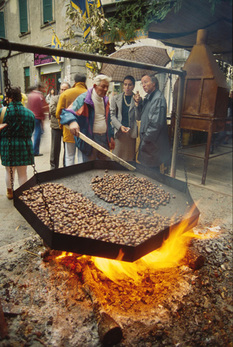 Chestnuts are a really big deal in Italy Chestnuts are a really big deal in Italy In September and October (depending if you are in the North or South of Italy), the hanging bunches of grapes swell and beg to be picked. Flocks of wine aficionados go to Italy for the sole purpose of taking part of this miracle, vising wineries, walking through vineyards, taking part in the harvest and of course, paring the wines they discover with the amazing food of Italy. When to harvest is a tricky thing. It depends on the variety, the weather (rain, cold, frost, hail and wind) and the ripeness of the fruit on the vines. Wine makers have ways to measure the sugars, acid and tannin levels in their grapes. They look for a perfect time to send their pickers out to the fields--when the grapes reach the perfect ratio of sweetness and acid. Some fields are harvested in August, others in September while still others wait until October. Believe it or not, much of the grapes are still harvested by the old fashioned way--a mano (by hand). It costs more than harvesting with machines, but many vintners believe it helps them produce a superior product in the end. Hand picking allows the human hand and eye to selectively pick the grapes that are at their peak. At any given time there might be grapes that are not even close to being ripe, some that are perfect while others are mushy and moldy or rotten entirely. Hands and eyes can pick and choose--a mechanical harvester cannot. Grapes harvested by hand need a lot of sorting afterwards by humans--which costs more time and money. A good example of harvest time.... in Chianti at the end of September, the fields will be full of people picking grapes from the vines. They fill plastic milk-type crates up with grapes, then carry them to the end of the row and dump them into a big open container that is pulled by a tractor or a three-wheeled Treroute. You'll see many rigs driving down the roads loaded with grapes on the way to the fattoria. You will probably smell the fermenting process when driving by some vineyards. 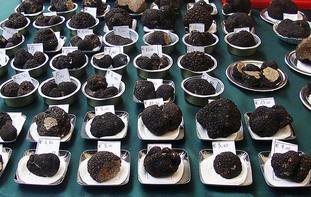 Truffles, Truffles and more Truffles in Alba Truffles, Truffles and more Truffles in Alba Another reason to Voyage to Italy during harvest time is to enjoy the many various types of sagre (festivals) at this time of year. There's a lot more being harvested than just grapes. Local festivals are held for wine, cheese, bread, nuts, pumpkins, chocolate, mushrooms, sausages.... you name it, and there's a festival for you--some for food, some for history, all in the colorful autumn Italian countryside. Here are just a few...
--Jerry Finzi If you enjoyed this post, please don't forget to share it with your on your favorite social media site. Ciao! 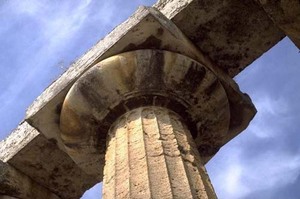 Doric columns Doric columns When I was planning the southern leg of our Voyage through Italy, one of the pins on my Google Earth map was at Paestum, an archeological site in Campania about 25 miles south of Salerno and the Amalfi Coast on the Tyrrhenian Sea. We opted to leave Salerno and drive a more direct route to the rocky villages of Castelmezzano and Pietrapertosa--villages that remind me of Machu Picchu clinging to rocky precipices. If we had driven to Paestum first, we would have had a more arduous, long mountainous drive to bring us toward Basilicata and Puglia. In hindsight, I wish we had at least done an early morning side trip to Paestum. It's located in the part of southern Italy known as Magna Graecia, which used to be settled by the Greeks long before the Roman Empire. The ruins of Paestum are famous for their three Greek temples with massive, intact Doric columns dating from about 600 to 450 BC. All structures are built from the local bedrock--travertine. Also intact are the foundation walls of many parts of the ancient city, an amphitheater and paved roads as well preserved as the Appian Way in Rome. 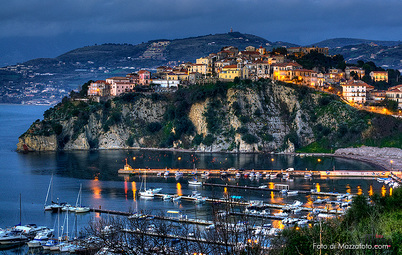 Nearby Agropoli, an ancient Greek port city Nearby Agropoli, an ancient Greek port city The site is open to the public, and there is a modern national museum within it, which also contains the finds from the associated Greek site of Foce del Sele. Founded by Greek colonists under the name of Poseidonia, it was eventually conquered by the local Lucanians and later the Romans. It has been known by several names... Lucanians dubbed it Paistos, with Pesto being another variation. The Romans changed it later on to Paestum. During early Christian times, the town was ruled by a Bishop but then abandoned and forgotten by the Middle Ages. It was rediscovered in the 18th century. The modern town of Paestum, just south of the archaeological site, is a popular seaside resort, with long sandy beaches where many Italians spend their Ferragosto summer holiday in the month of August. However, if you want to relax and enjoy the flavors of this region, make your hub in the beautiful port town of Agropoli... a seaport just to the south, with its town hugging the cliffs above. The town is definitely worth more than just an overnight stay. Some might call it a romantic getaway. Another important aspect of the area is the raising of buffalo to produce the famous mozzarella di bufala. You may visit local farms to see the prized buffalo being massaged and pampered, as well as see how the fresh cheese is made.
|
Categories
All
Archive
June 2024
|


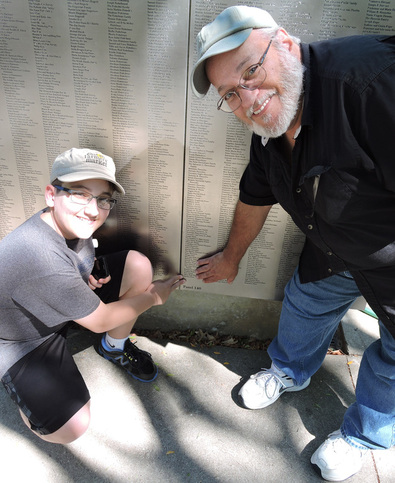
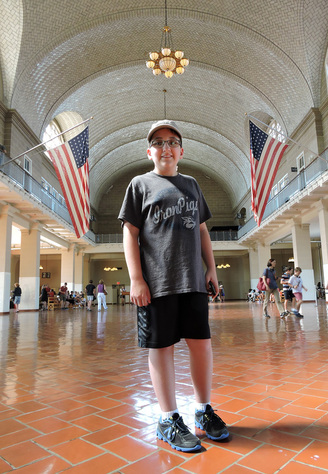
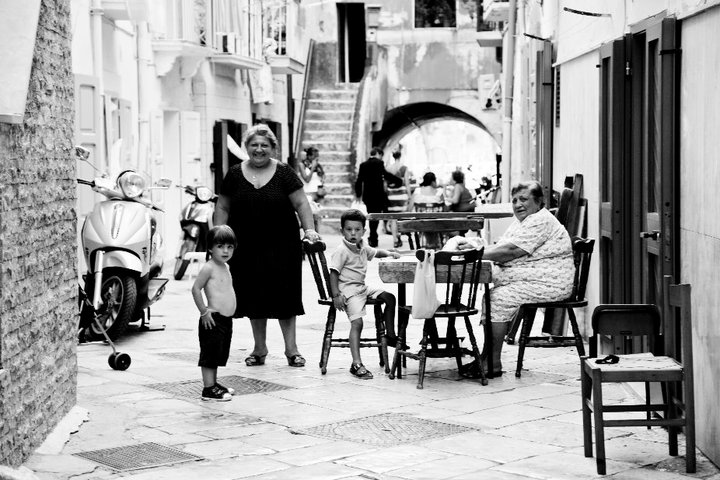

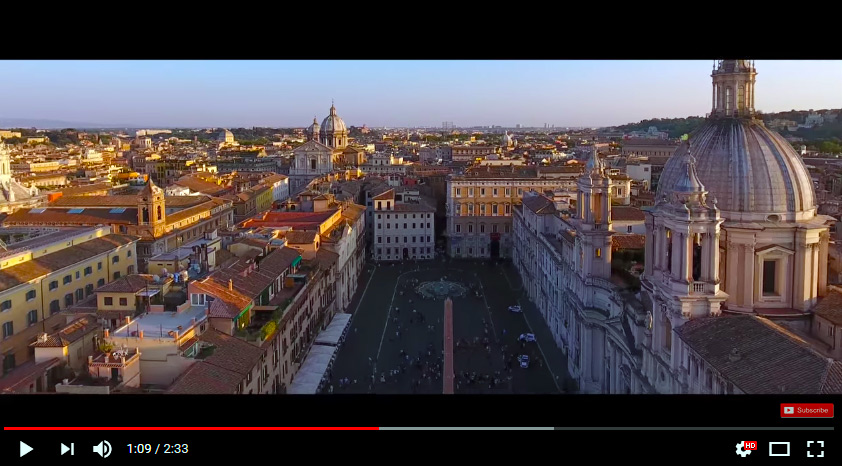


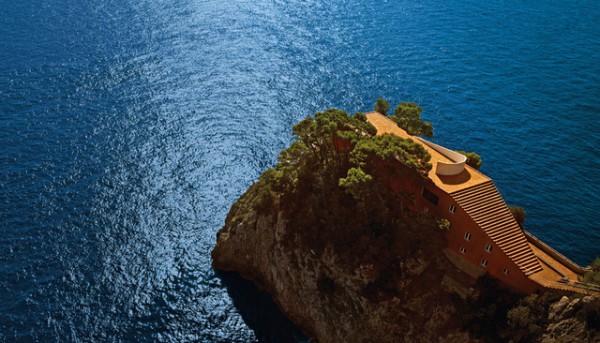
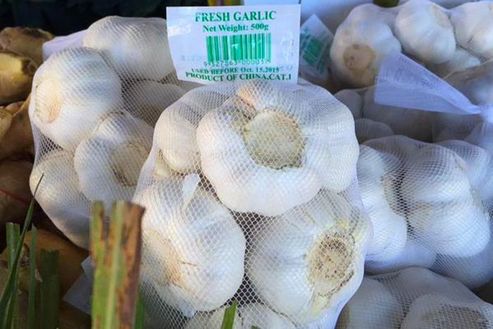
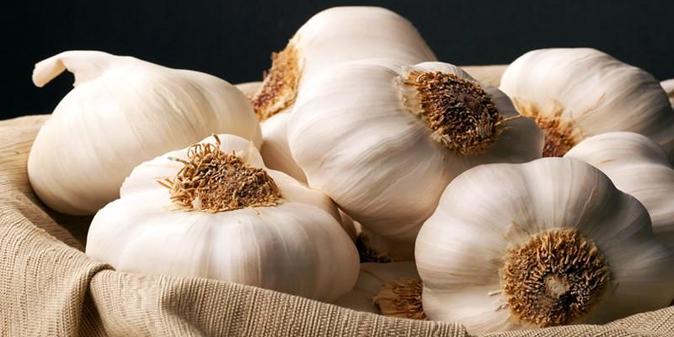
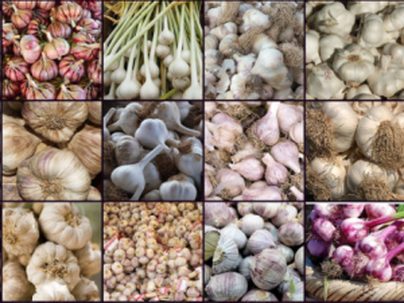
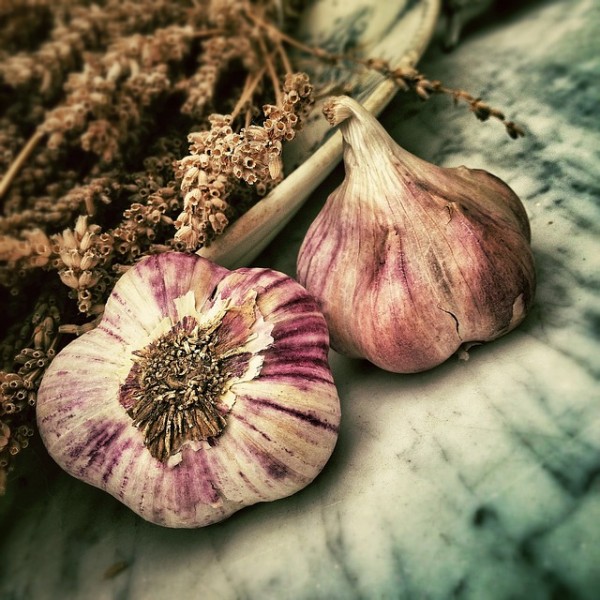
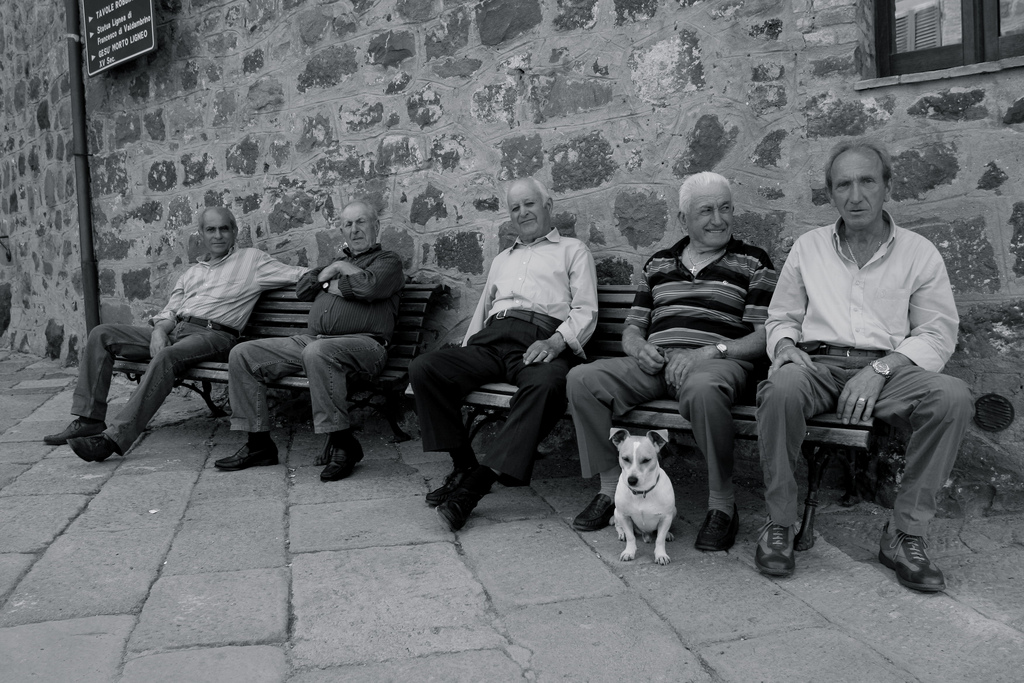

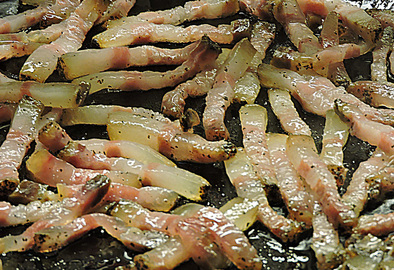
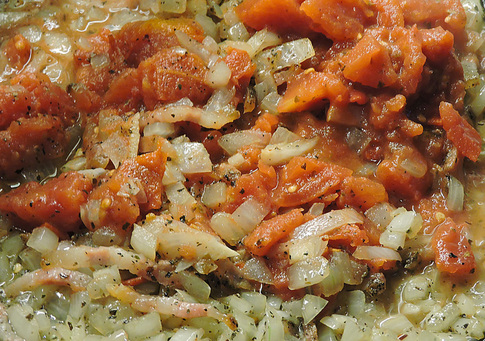
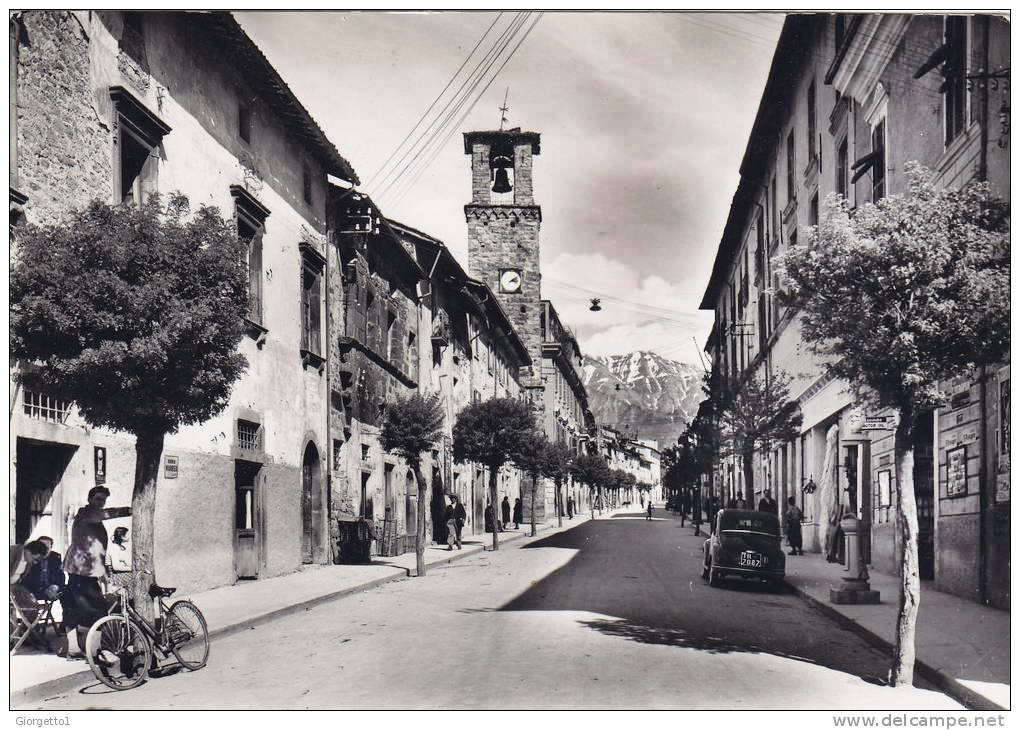
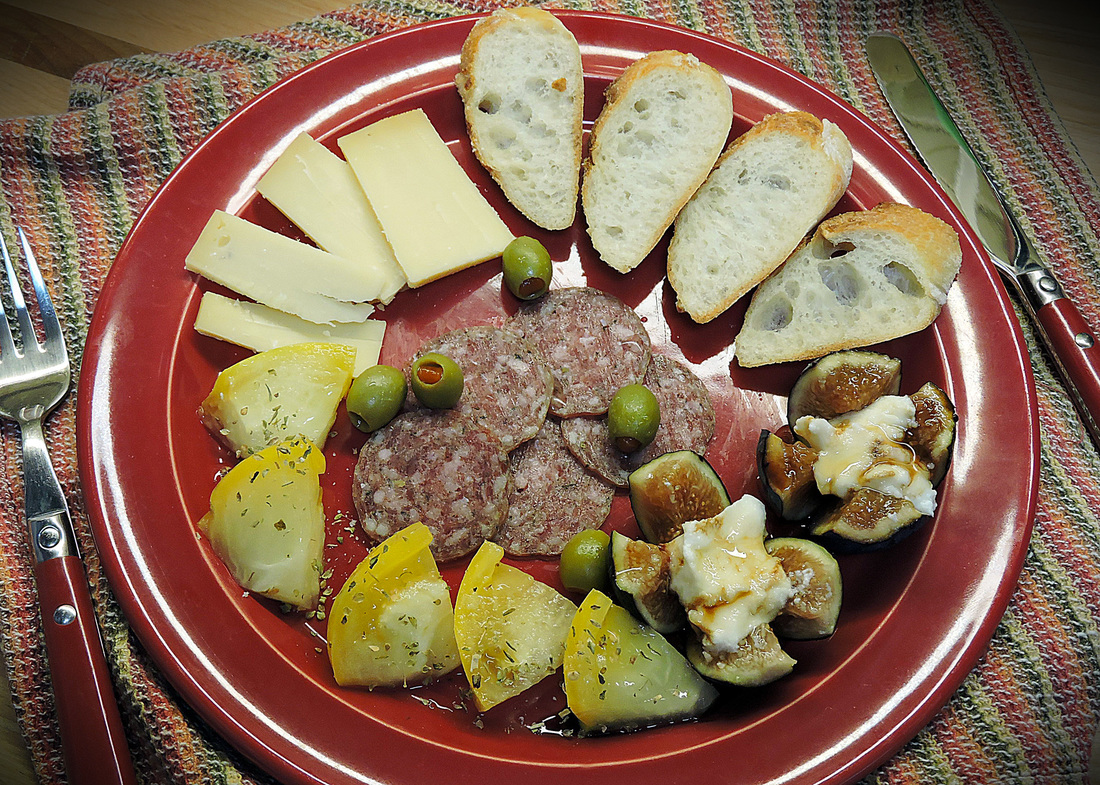


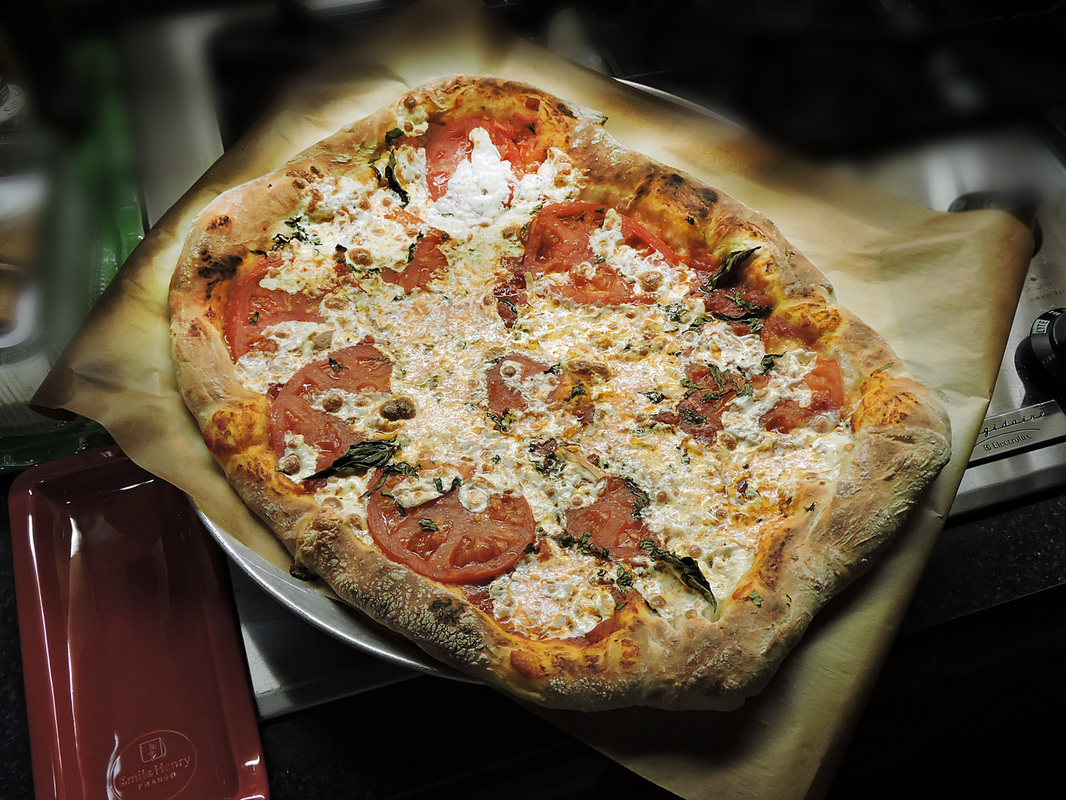
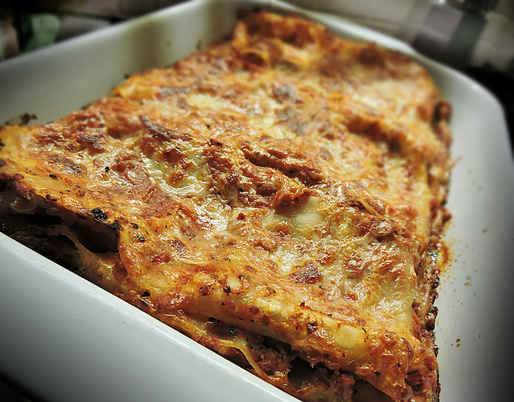
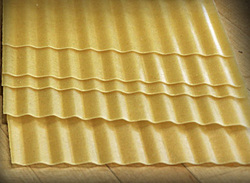
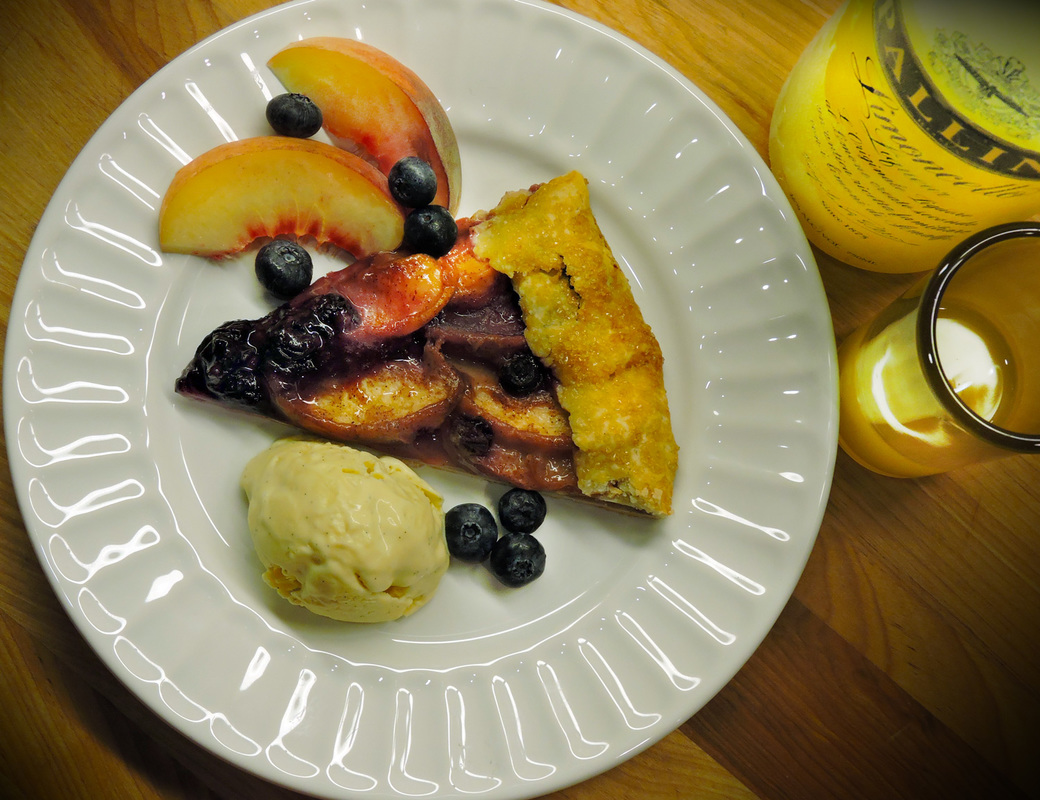
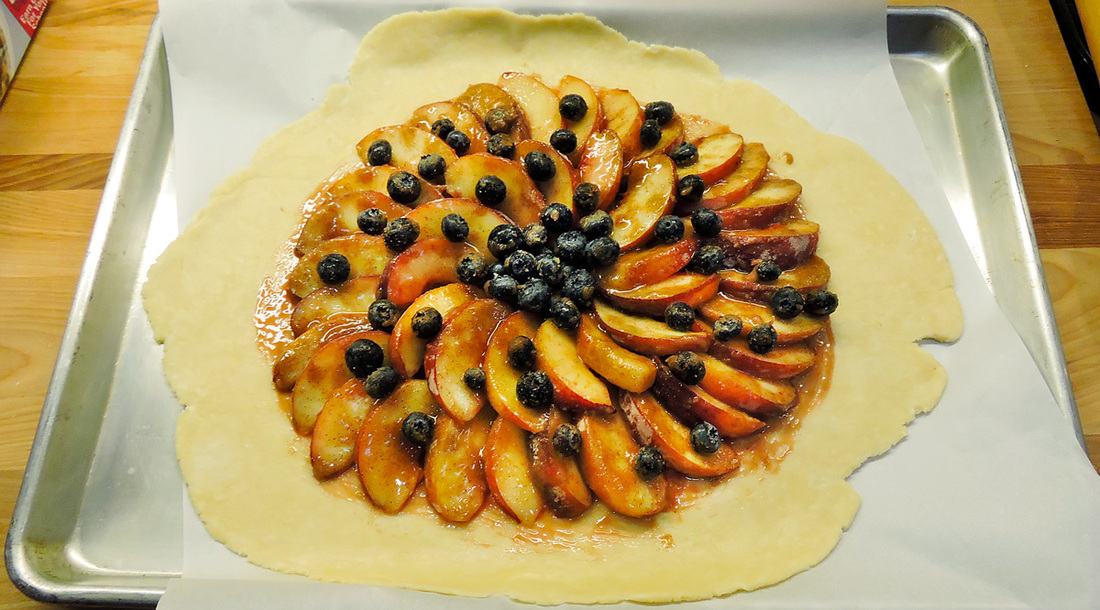
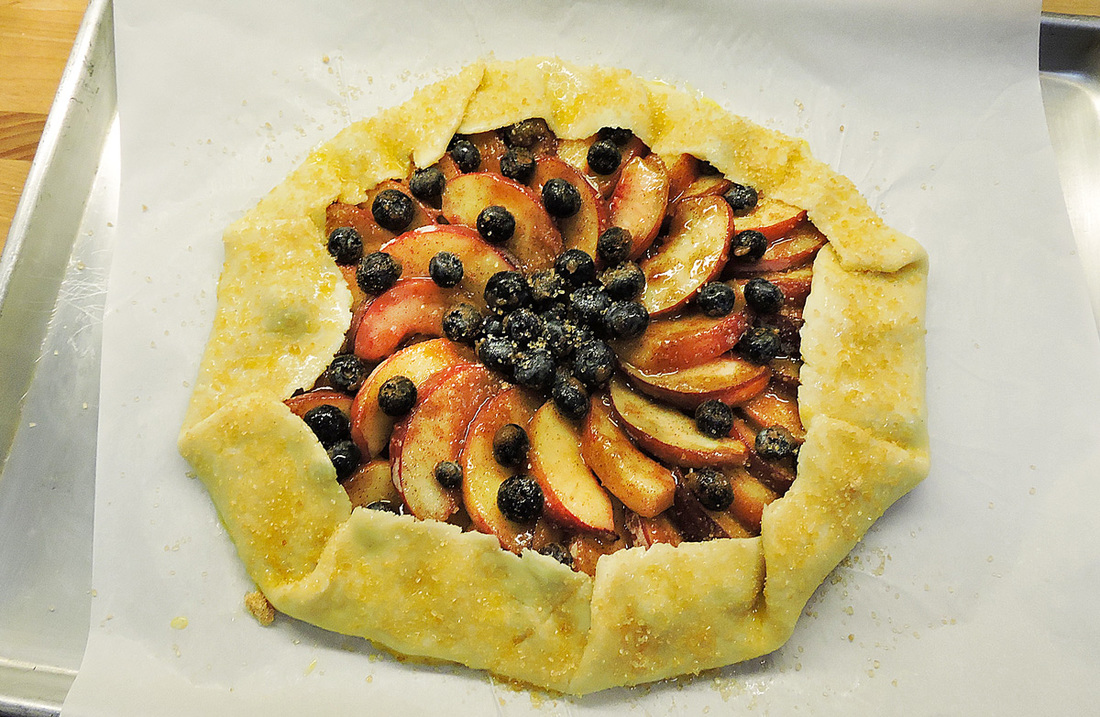
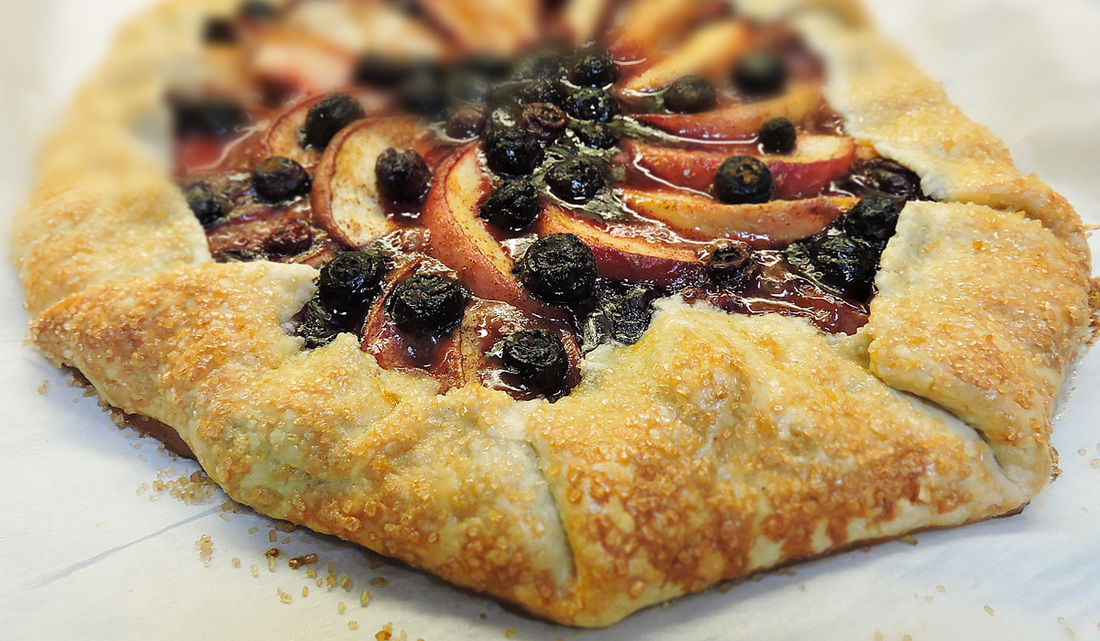


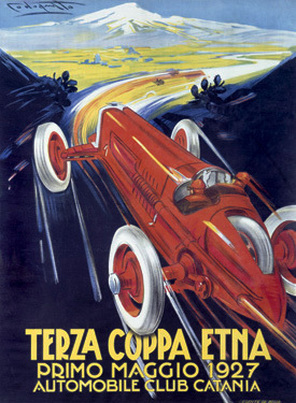
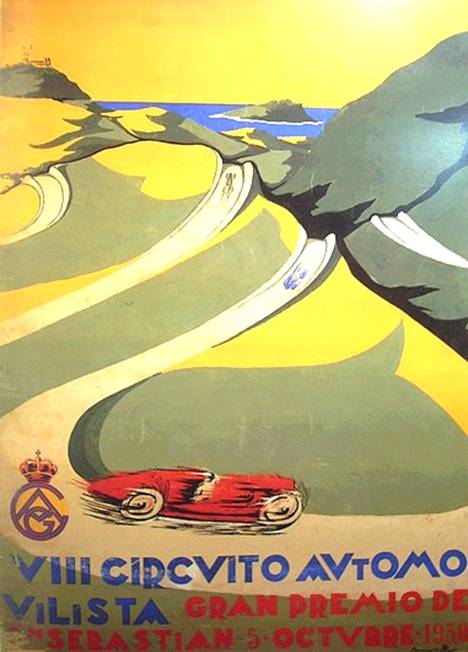

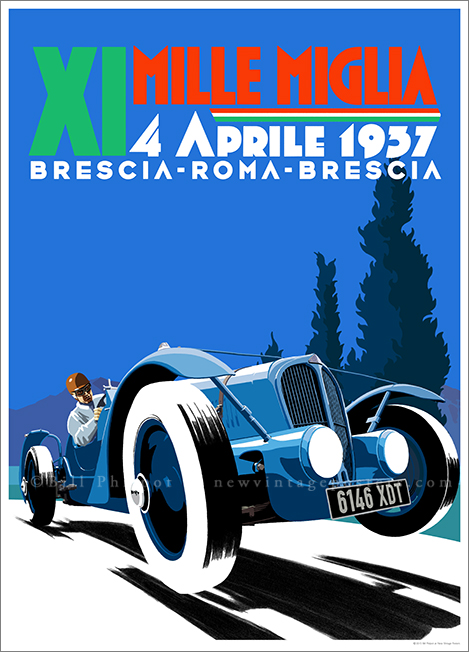
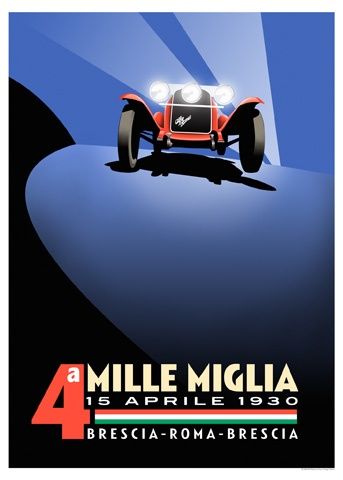
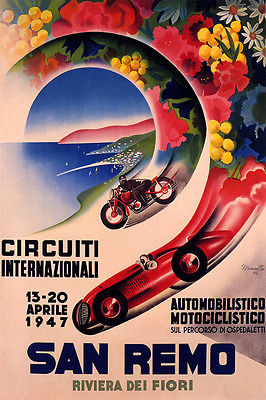

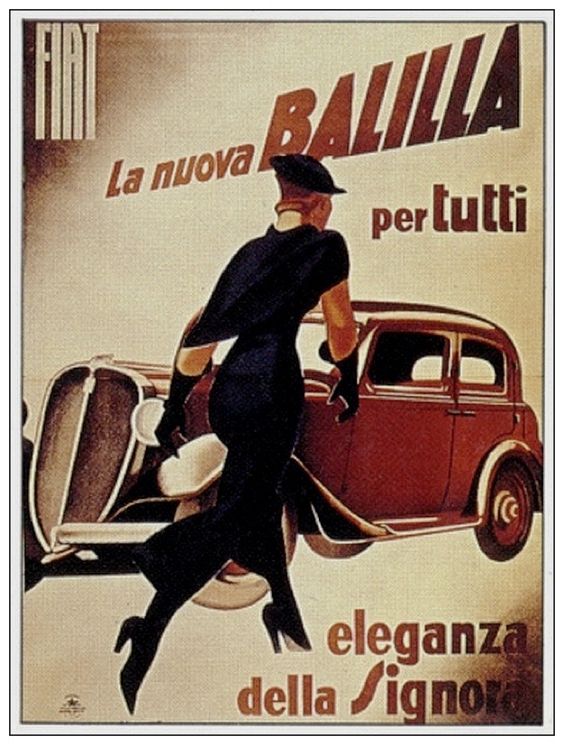

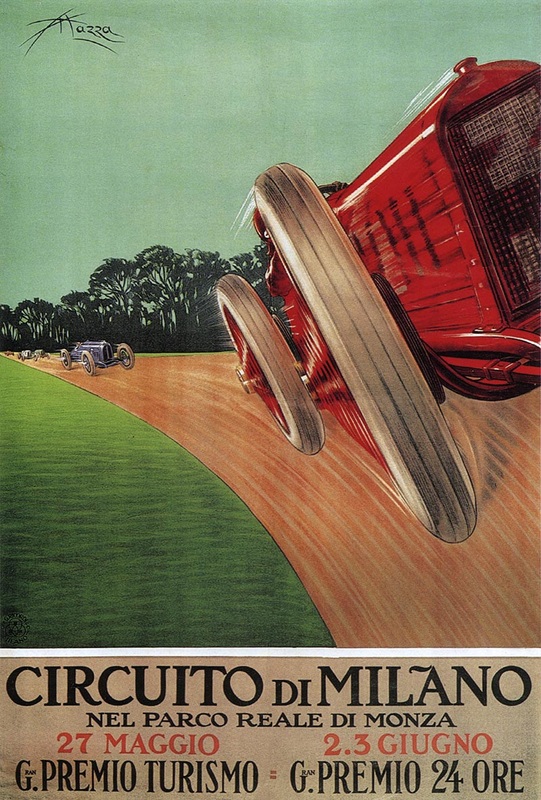
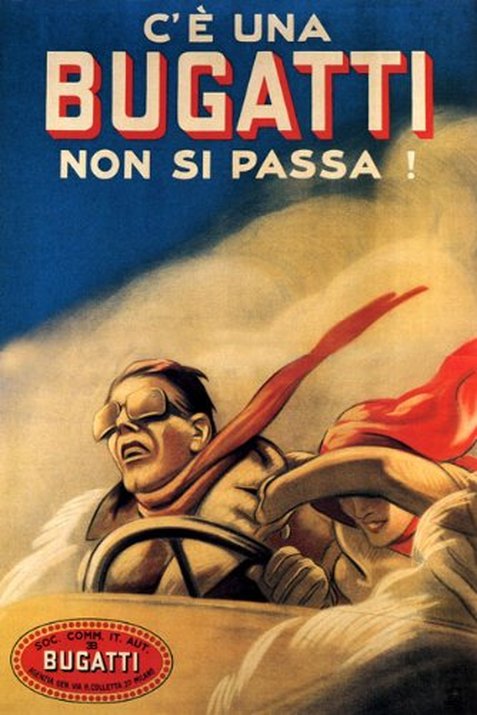
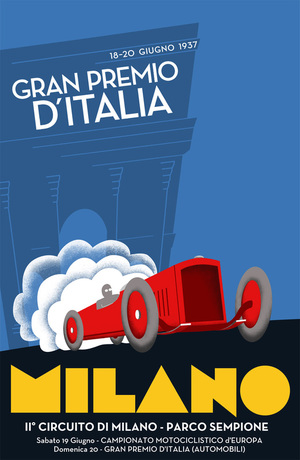
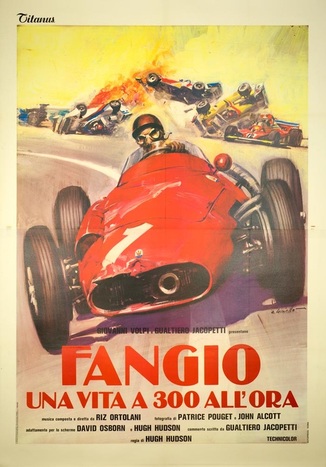

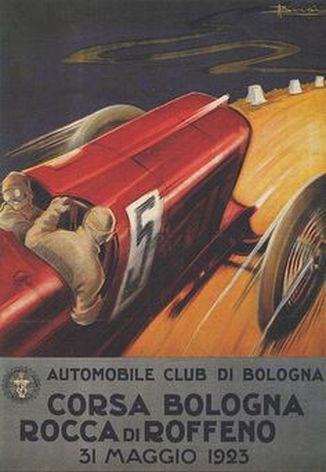
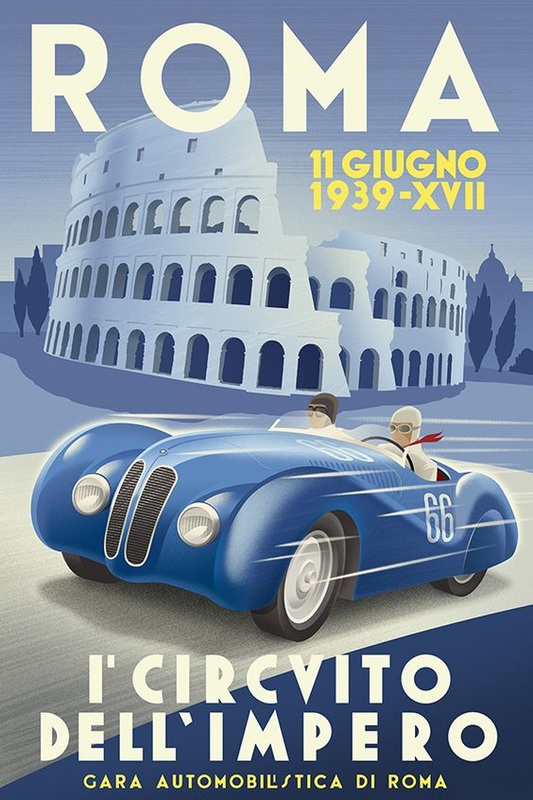

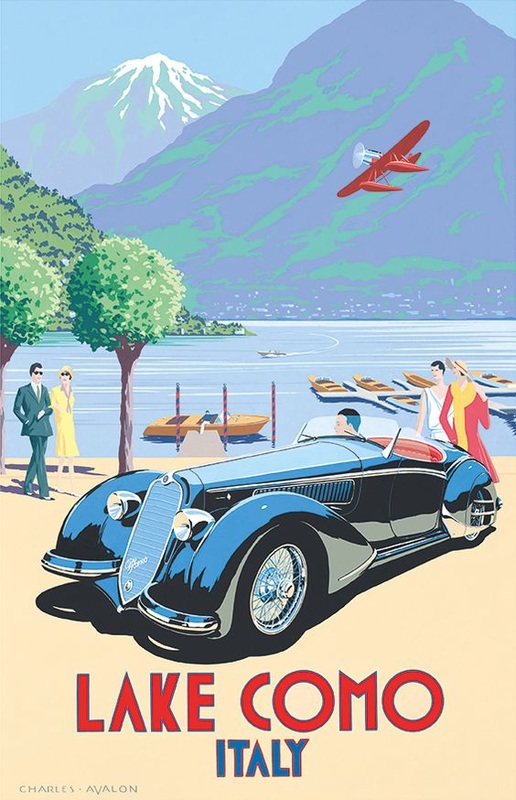

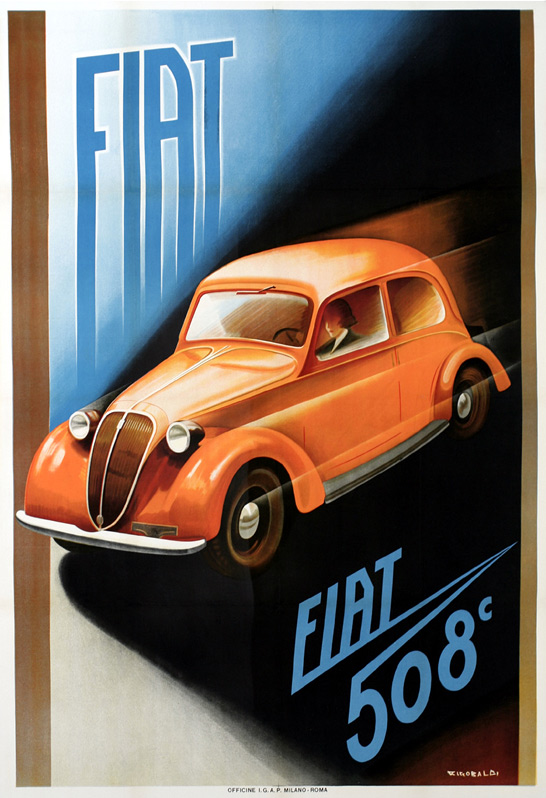
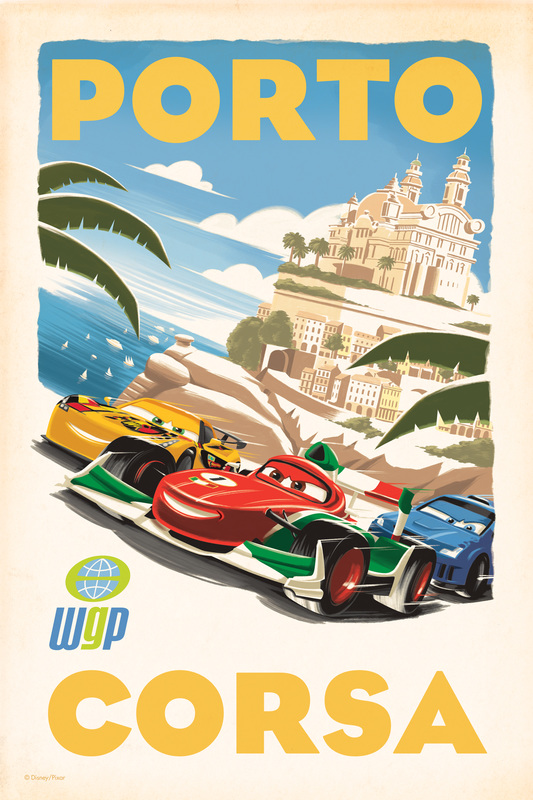

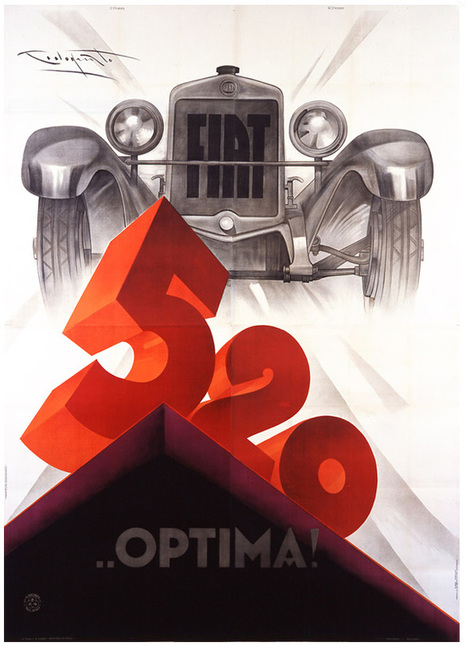
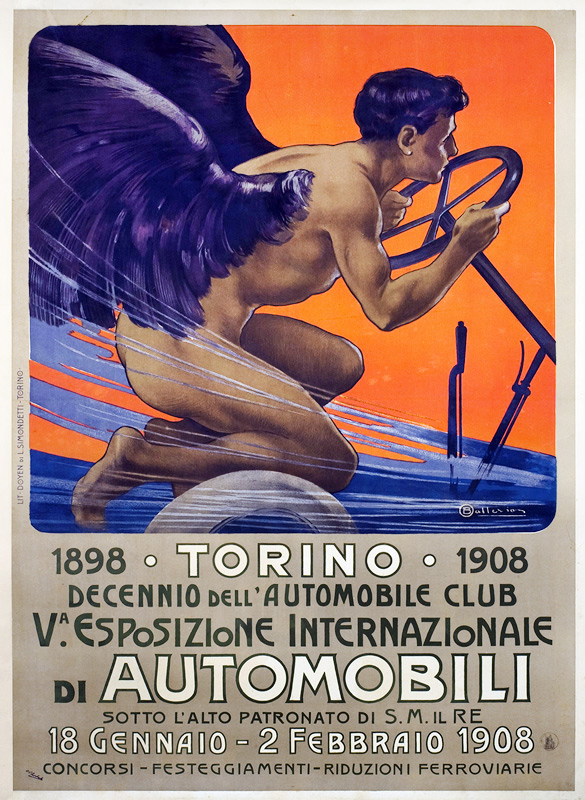
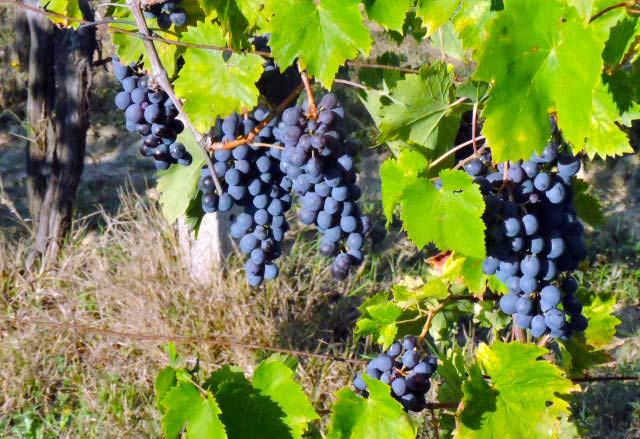
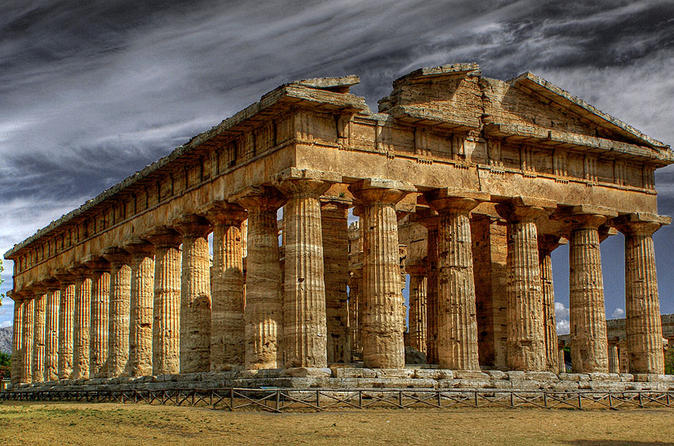
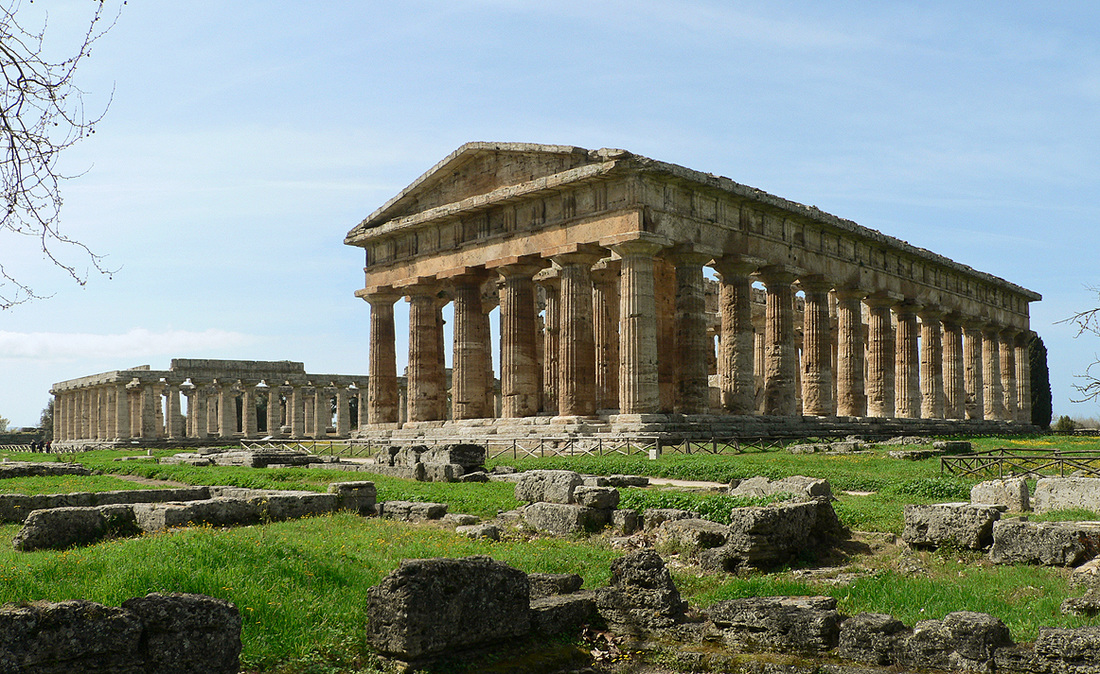
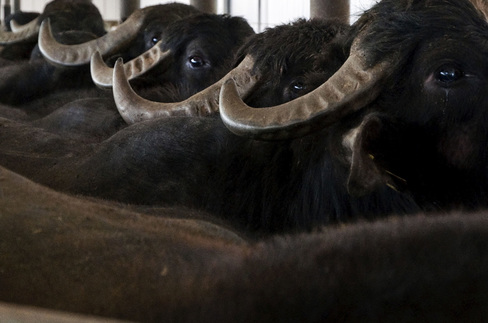
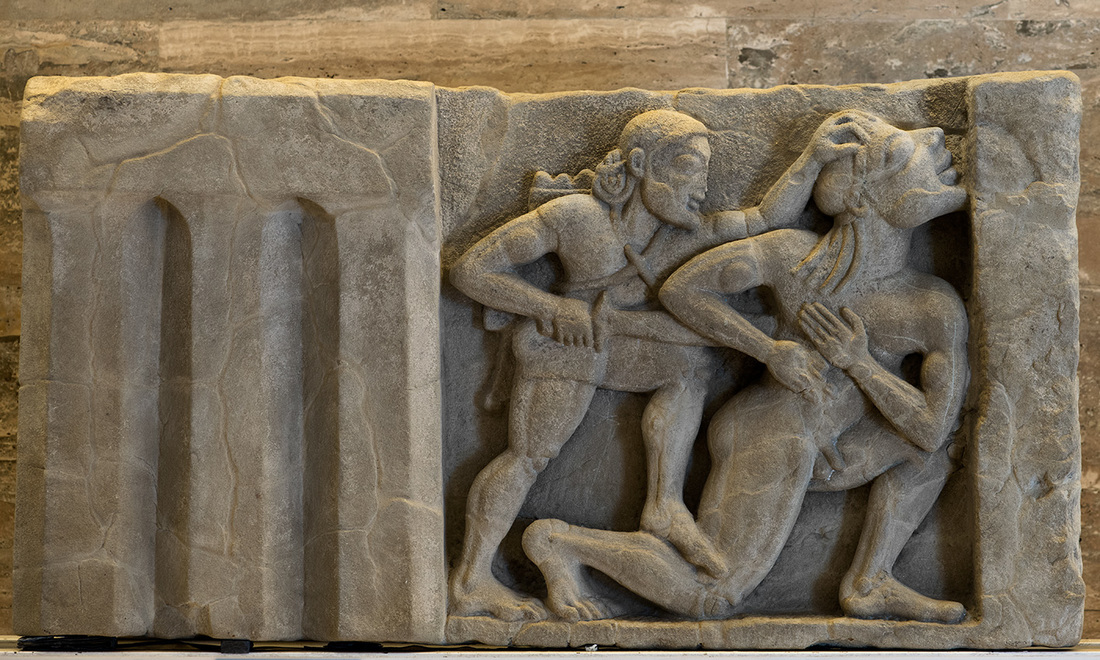
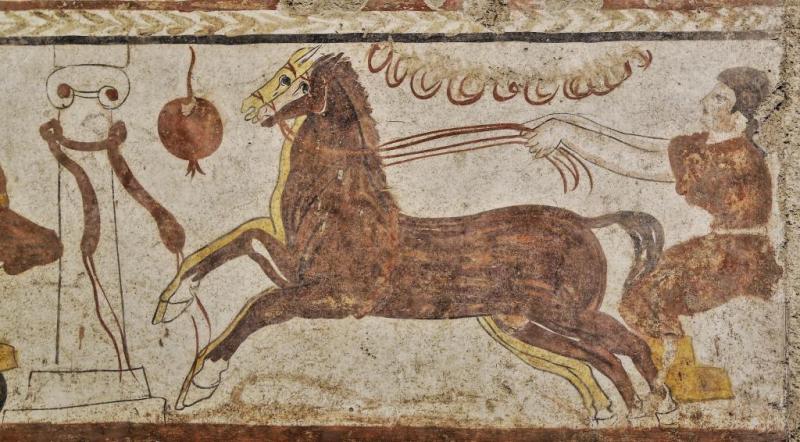
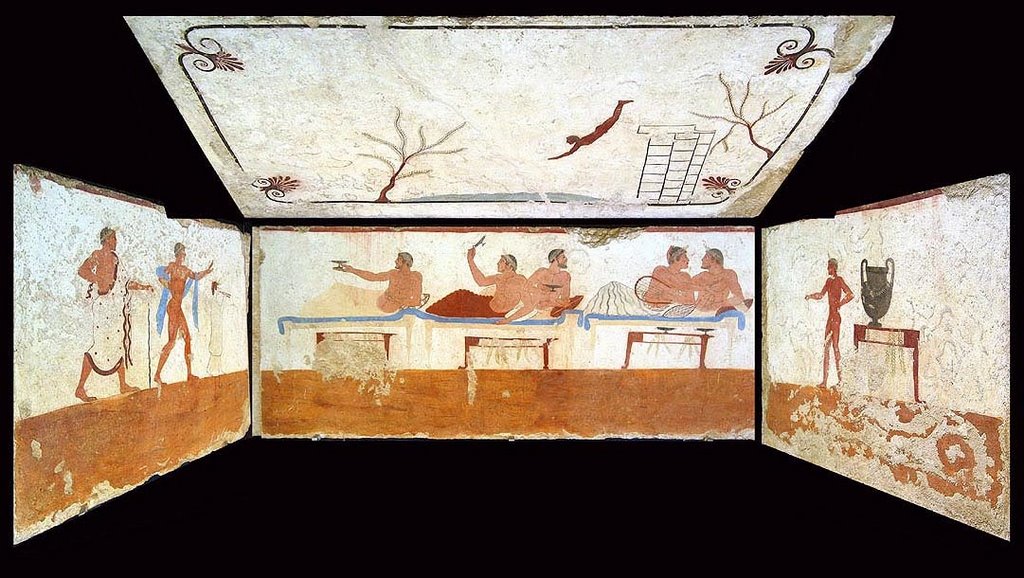
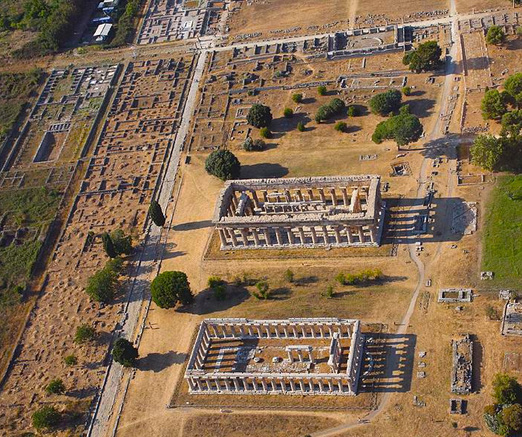
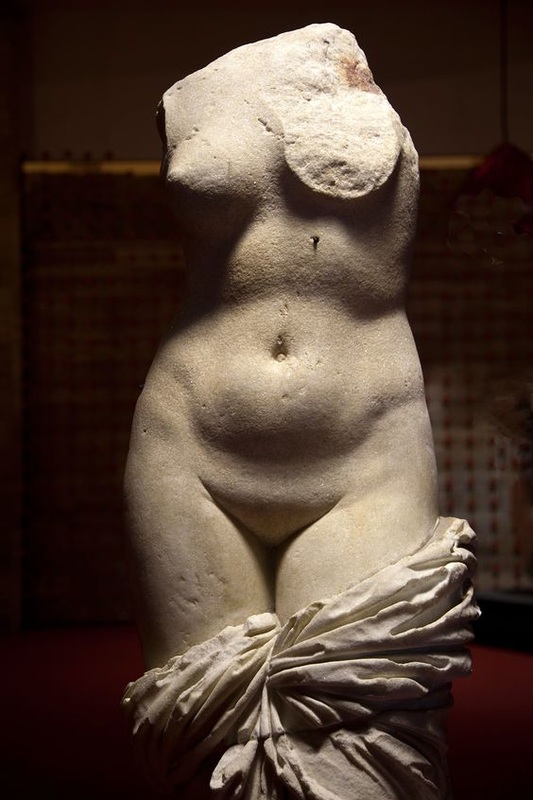
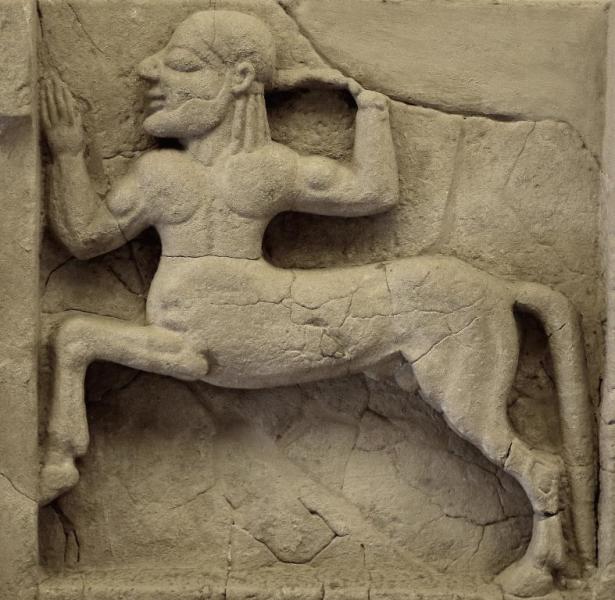
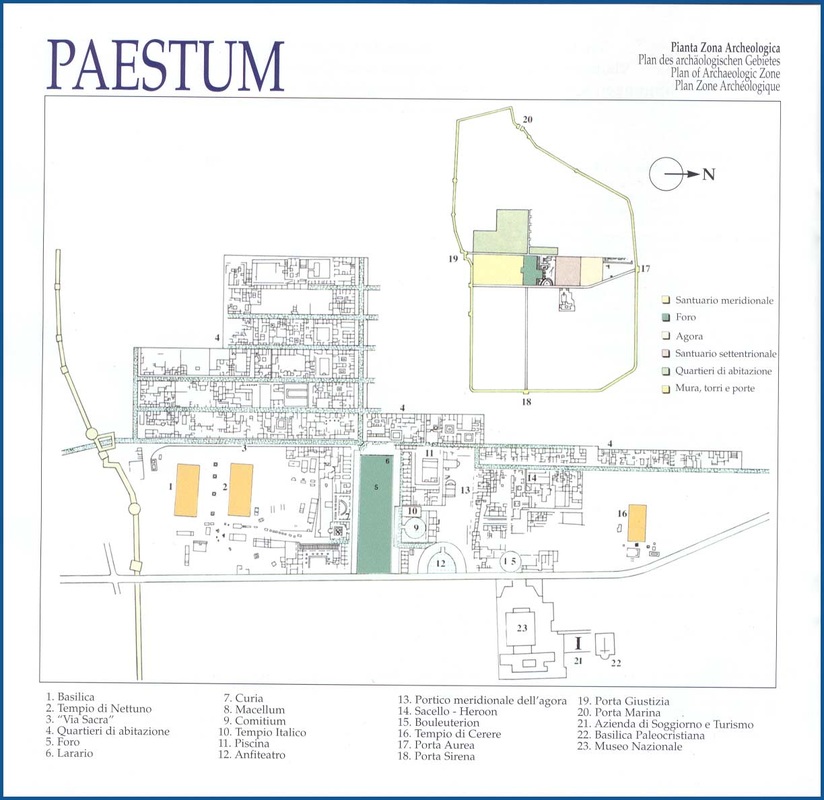
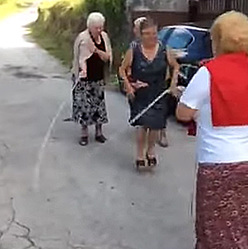
 RSS Feed
RSS Feed
